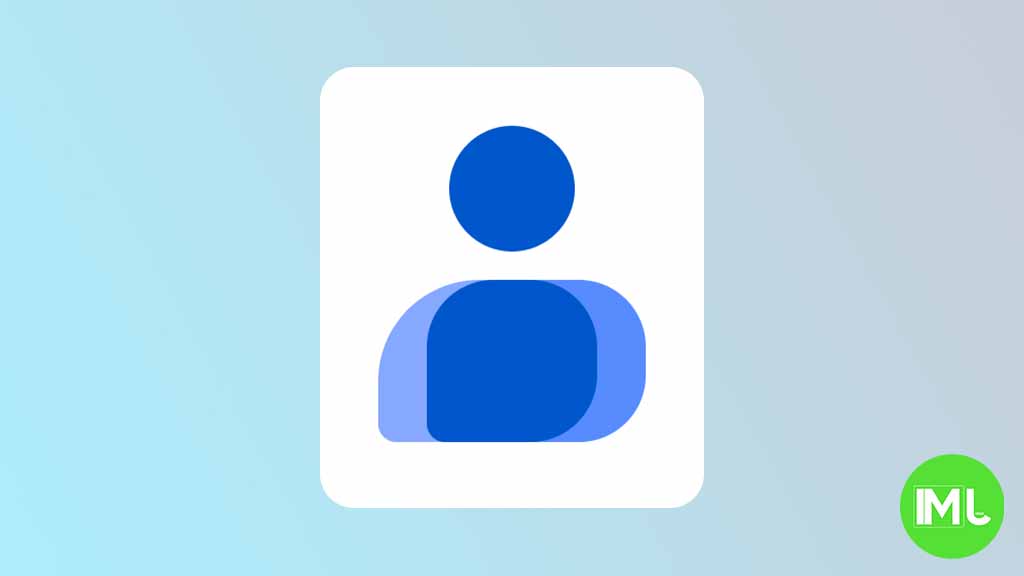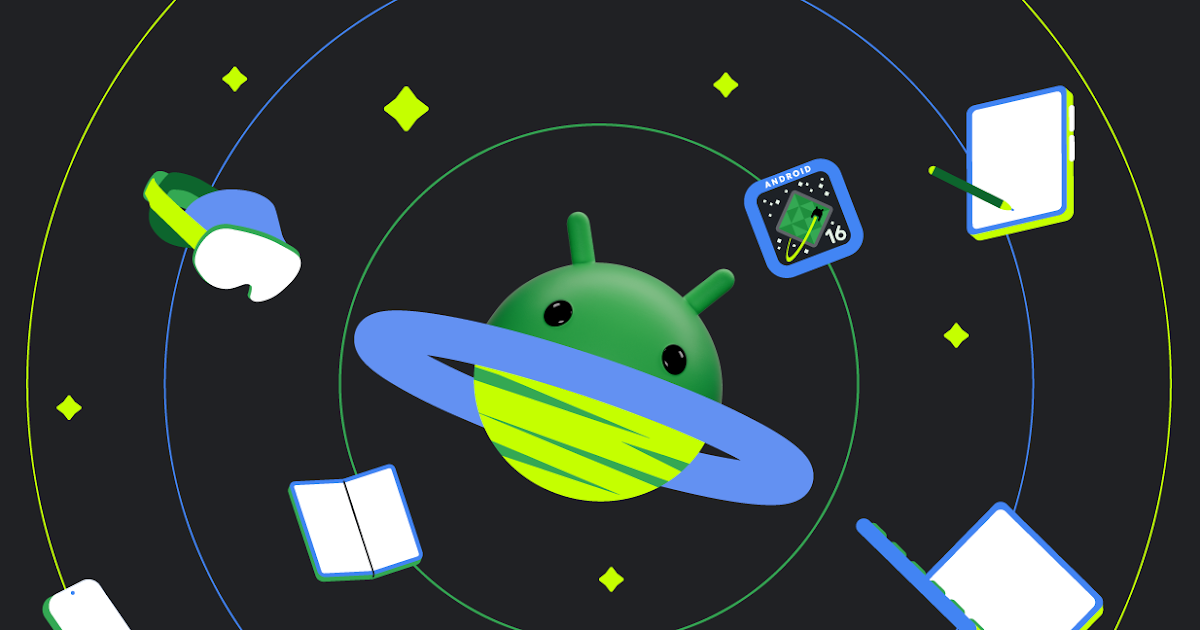Android
Android 15 set to enhance messaging security with Google Contacts managing encryption keys

With Android 15, Google is set to improve secure messaging by allowing Google Contacts to manage encryption keys. This new feature will make it easier for users to send and receive private, verified messages, ensuring a higher level of security across different apps.
In modern messaging, a system called asymmetric encryption is used. This method relies on two keys: a public key, which is available to others for encrypting messages, and a private key, which only the message recipient holds to decrypt those messages. While public keys are accessible to verify a sender’s identity, some messaging services require extra steps to find or confirm these keys, adding complexity to secure communication.
The upcoming Android 15 update, which began with its initial beta release, indicates that Google is taking steps to simplify this process. According to reports (via AssembleDebug and Android Authority), Google Contacts will now work in tandem with Play Services to manage public encryption keys. This update will streamline the verification process, ensuring more reliable identity checks and encrypted communications, removing the need for users to verify public keys on a per-app basis.
Centralized Key Management Across Apps
The system for managing and verifying public keys was first introduced in Android 15 as an API feature. It was designed to allow users to oversee their contacts’ public keys across the entire Android ecosystem rather than relying on individual apps to manage them. A teardown of the Google Play Services APK revealed that development is in progress, with new activities and features related to key management and onboarding. Users will be able to confirm a contact’s key by scanning a QR code or manually comparing code numbers across various apps.
This central verification process brings added convenience and security, as users won’t need to rely on each app’s own methods to check encryption keys. A similar feature was introduced by Apple about a year ago, which simplified key management and improved the overall security experience for its users. Apple’s centralized key verification approach showed how managing these keys within a single service could ensure smoother, safer communication.
Android’s Approach to Improving Messaging Security
While Google’s implementation is still in development and may seem basic at the moment, it promises to offer a more secure way to handle public key verification once fully rolled out. Users will benefit from the simplicity of managing encryption keys through Google Contacts, ensuring a more consistent level of security across multiple messaging apps.
Though Apple rolled out a similar feature earlier, Google’s move toward centralized key management represents a significant upgrade for Android users. As this feature evolves, it’s expected that it will further enhance both privacy and ease of use, giving users confidence in their digital communications.
By integrating encryption key management into Google Contacts, Android 15 is taking a major step toward ensuring that messages remain private and secure, making it a standout feature for future releases.
Android
Android 16 beta adds battery health info, Pixel Fold gets better at detecting opens and closes

Google has released the Android 16 Beta 1 update for Pixel phones, and it brings some helpful new features. One of the key additions is battery health information, which is now available in the settings. Pixel users can now see the battery’s manufacturing date, charge cycles, and overall health score. This can help people understand how well their battery is holding up over time. While this feature is currently hidden under developer options, it might be fully added in a future update.
At the same time, Google is also working to improve the Pixel Fold. With Android 16 Beta 1, there’s a new system that better detects when the phone is opened or closed. This new method uses the hinge angle to more accurately understand the device’s position. Unlike older systems that could be affected by software bugs or slow response times, this new one seems to be more reliable and faster.
These changes are important for people who use foldable phones like the Pixel Fold, as better hinge detection can lead to smoother app transitions and fewer bugs. And for all Pixel users, having detailed battery info can help with managing phone performance and deciding when it’s time for a battery replacement.
Overall, Android 16 Beta 1 focuses on giving users more control and smoother experiences, especially for those with foldables.
Android
Android 16 could bring colorful always-on display to Pixel phones

Google is working on Android 16, and it looks like the update could bring more color to the always-on display (AOD) feature on Pixel phones. Right now, the AOD mostly shows white text on a black screen. But a new setting found in the Android 16 Developer Preview hints at the ability to add colors to this display.
The new feature is called “AOD Preview,” and it includes a switch labeled “Color AOD.” While this setting doesn’t work yet, it suggests that Google might be planning to show colorful content even when the screen is in low-power mode.
This change could make AOD look more lively, maybe by adding color to the clock, notifications, or wallpaper. So far, it’s not clear exactly what will change or how customizable it will be, but the feature seems to be in early testing.
Samsung already has more colorful AOD options on its Galaxy devices, so this update could help Pixel phones catch up. Google often introduces new features first on Pixel devices before making them available to other Android phones.
Android 16 is still being developed, and many features are not ready yet. But if Color AOD becomes part of the final release, Pixel users could get a more vibrant and useful always-on display in the near future.
Android
Android adds quick shortcuts for do not disturb and video call effects

Google is testing two new shortcuts in Android that make it easier to control common features: Do Not Disturb mode and video call effects. These shortcuts are being added to the Android Quick Settings panel, which is the area you see when you swipe down from the top of your screen.
The first new toggle is for Do Not Disturb. Instead of opening the full settings menu, you’ll now be able to tap the shortcut to quickly switch between different DND modes. You can also long-press it to open full options. This makes it easier to silence notifications the way you want, especially if you have custom DND rules set up.
The second toggle is called “Video Effects”. This is useful for people who often use video calling apps like Zoom, Meet, or WhatsApp. When you tap it, it takes you to a page where you can turn on or off features like portrait blur, lighting adjustments, or filters that improve how you look during video calls.
These features are still being tested and might show up in future Android updates. Right now, some Pixel users with Android 14 QPR3 Beta 2.1 have seen these options. Google hasn’t confirmed when they’ll roll out to everyone, but they seem to be part of a plan to make Android tools more convenient.
In short, Google is trying to make it quicker and easier to manage your notifications and video call settings—all with just a swipe and a tap.
-

 Apps1 year ago
Apps1 year agoGboard Proofread feature will support selected text
-

 News1 year ago
News1 year agoSamsung USA crafting One UI 6.1.1
-

 News1 year ago
News1 year agoBreaking: Samsung Galaxy S22 may get Galaxy AI features
-

 News1 year ago
News1 year agoSamsung Galaxy S23 Ultra with One UI 6.1 and all S24 AI features revealed
-

 News1 year ago
News1 year agoOne UI 6.1 Auracast (Bluetooth LE Audio) feature coming to many Samsung phones
-

 News1 year ago
News1 year agoSatellite SOS feature coming to Google Pixel phones, evidence leaked
-

 Apps11 months ago
Apps11 months agoGoogle’s fancy new Weather app is finally available for more Android phones
-

 News1 year ago
News1 year agoGoogle Pixel evolves as Europe’s third best selling flagship






